Montmartre is arguably the most charming and photogenic neighborhood in all of Paris. The narrow winding cobblestone streets are rich in history and once home to the likes of Picasso, Van Gogh, Renoir, Degas, Matisse, and more.
Montmarte has been designated as an official historic district giving precedence to preserving the historical buildings. Montmartre is a walkable neighborhood, and here is a self-guided walking tour including 12 spots you can’t miss in Montmartre!
*Updated December 2024
Self-guided Walking Tour of Montmartre
Table of Contents
- Where Montmartre is located
- 1. Sacre Coeur
- 2. Vignes du Clos
- 3. La Maison Rose
- 4. Le Consulat Cafe
- 5. Place du Tertre
- 6. Le Bateau-Lavoir
- 7. Le mur des Je T’aime
- 8. Montmartre Cemetery
- 9. Moulin Rouge
- 10. Rue des Martyrs
- 11. Museum of Romantic Life
- 12. Musee National Gustave Moreau
Where Montmartre is located
Paris is divided into 20 districts, referred to as “arrondissements”. Montmartre sits perched atop a hill in the 18th arrondissement north of the city center.
It is located approximately 3 miles from the Arc de Triomphe and is walkable from the city center if you don’t mind the exercise.
If you prefer to take the metro, lines 2 and 12 to Pigalle station will bring you to the foot of Montmartre Hill.
Click the link for a self-guided walking map of Montmartre:
1. Sacre Coeur
The Sacre Coeur, or Sacred Heart Basilica, sits as a landmark at the highest point of the city. Construction of this travertine stone Roman Catholic Church began in 1874 and was completed in 1910.
Entry to the Basilica is free. A free audio guide is also available, directions for downloading the guide can be found on the site. Guided tours are not available.
While touring the Sacre Coeur, be sure to appreciate the Apse Mosaic. This 475 sq ft mosaic titled, Christ in Glory, is one of the largest mosaics in the world.
The Grand Organ is also worth recognizing as it is considered to be one of the most remarkable organs in all of Europe. It is the last great instrument built by Aristide Cavaillé-Coll. The organ is only played during Sunday Mass, Vespers, and a Christmas Eve concert.
The crypt is located in the basement and is also free to visit. The stairs can be found to the left when facing the basilica. In the crypt, you’ll find a chapel, monuments, statues, tombs, and a treasury containing sacred relics. It is a large crypt and worth a visit, although the plaques and signs are all in French.
Visitors may also climb to the top of the dome for spectacular views of the city. There are 300 steps leading to the top, tickets are 5 euros.
Check the site for the dome access hours as they change seasonally. The Basilica is open daily from 6 am to 10:30 pm. Please note that photography is not allowed in the church.
The steps of the Sacre Coeur provide one of the best views of Paris. You can see for miles across the lead roof buildings. It is also one of the best places to watch the sunset.
You’ll notice an imitation of the “bridge of locks” here. The city strongly discourages this as the weight of the locks causes the fence to collapse, just as it did on the original Bridge of Locks. But it still hasn’t stopped tourists from professing their love in the form of a lock!
You may have seen the “sinking house of Montmartre”. This is actually an optical illusion that can be found to the right of the basilica.
You’ll see this building poking up on the other side of the hill, just tilt your camera and you can capture a photo that looks as if the house is sinking.
2. Vignes du Clos
You would not expect to see a vineyard tucked into a city block, but the secret-not-so-secret Vignes du Clos, also known as Le Clos Montmartre, is one of the last working vineyards in the city of Paris.
The vineyard was first planted in 1933, making it the oldest vineyard in the capital, with grape-picking festivals beginning in 1935.
Today the vineyard produces an average of 800 bottles of wine each year. The grapes are harvested, pressed, fermented, and bottled in Montmartre’s Town Hall each October. They are sold by auction with funds used to support the community.
The vineyard is closed to the public, but you can view the grapevines from the surrounding streets.
3. La Maison Rose
This photogenic pastel pink cafe has become Instagram famous over the years, but it was well-known long before that. Picasso was a frequent patron of La Maison Rose along with other aspiring artists of his time.
The tiny cafe is charming in every aspect of the word, and the Rue L’Abreuvoir that it resides on is one of the prettiest little streets in Montmartre.
The buildings are covered in ivy in the summer months and it is one of the best places to see the wisteria blooms in the spring.
Unfortunately, we came in the winter so the plants were dormant. But this 14th-century street still offers a great view of the Sacre Coeur and a glimpse of vintage Paris.
Musee de Montmartre is located nearby. This is the former home and studio of Pierre-Augustine Renoir that has since been transformed into a museum.
*Related Post: While you’re in Paris, don’t miss our guide for Paris in 4 Days: The Ambitious Traveler’s Guide
4. Le Consulat Cafe
Le Consulat is also one of the most photographed cafes in Montmartre and in all of Paris.
But this cafe doesn’t just get by on good looks alone. The food and service are highly recommended and it has a history of attracting many of the greats such as Picasso, Monet, and Van Gogh.
It is surreal to literally be walking in the footsteps of some of history’s most influential artists.
The cafe is flanked by cobblestone alleyways on each side that are worth exploring as well.
5. Place du Tertre
Place du Tertre was once at the heart of the prestigious 1133 Benedictine Montmartre Abbey. After the French Revolution, Place du Tertre was opened to the public and became the town square.
For centuries the square was a gathering place for artists, musicians, and villagers.
Today the square is still reminiscent of days gone by, although the artists now mainly consist of those sketching caricatures of tourists.
Some may argue that it has become a tacky tourist trap, but there is still no denying the role that this square has played in the history of Montmartre.
Stroll around and view the artists at work, then pop into one of the many darling cafes lining the square. Just beware of pick-pocketers, they are known to target tourists in the square on crowded days.
The L’Espace Salvador Dali Museum is also located nearby and is dedicated to the work of Salvador Dali.
6. Le Bateau-Lavoir
It’s no secret that Montmartre was a mecca of modern art. Montmartre provided the backdrop for so many talented and inspiring minds to thrive.
One such mind is that of Picasso. His art studio can be found in a small cobblestone square known as Place Emile-Goudeau. The building nicknamed “Le Bateau-Lavoir”, or “washhouse boat”, once served as a ballroom and piano factory.
In 1889 it was subdivided into 20 small units that served as workshops and attracted artists from all over.
In 1904 Picassa arrived from Spain and took up residence in the building as well. It is in this art studio that he painted the Demoiselles d’Avignon which began his cubist period.
Much of the building was unfortunately destroyed by fire in 1970. Only the facade remained untouched, but the rest of the building was rebuilt in 1978.
Today visitors can only view the shop window, but it is still worth a stop to witness a piece of history. Be sure to check out the windmills on the nearby Rue Lepic as well.
7. Le mur des Je T’aime
Je T’aime is French for “I love you” and this wall professes that love in over 250 languages.
The 416-square-foot wall of love can be found in a romantic little garden. The wall is ornamented with 612 tiles with messages of love scrawled in hundreds of different languages.
Paris really is the city of love after all. Stop by and see how many languages you can identify!
8. Montmartre Cemetery
The Montmartre Cemetery, also known as Cimetiere du Nord, is one of four main cemeteries found in Paris.
The cemeteries were created in the early 19th century after old parish cemeteries were closed and the bones were transferred to the Catacombs.
Montmartre Cemetery is the third largest and holds the remains of respected individuals including 20th-century artists like Edgar Degas and Gustave Moreau, as well as more recent French performers and actors.
The graveyard appears to be a hodgepodge mix of imposing monuments and humble grave markers.
Peacefully meander along the pathways lined with ancient trees that weave throughout the 20,000 burial plots.
9. Moulin Rouge
You can’t come to Paris and NOT stop at the Moulin Rouge. This famed risque cabaret stands as an icon in the city of lights.
Its bright red lights and windmills are hard to miss. At one time, Montmartre had quite a few windmills scattered along the hillside and the red windmill on the building is a nod to that little piece of history.
The origins of the Moulin Rouge date back to the late 1880s. It was the birthplace of the can-can dance and later evolved into a seductive cabaret. It secured Paris’ reputation as a city of decadent pleasures.
The original building was destroyed in a fire and later rebuilt. Today visitors can enjoy dinner and a show. Tickets are pricey and the show has received mixed reviews. We were content with just seeing the building from the outside.
10. Rue des Martyrs
South Pigalle, or SoPi, once had the reputation for being the racy red light district. The streets were filled with bars and brothels, but today it has been transformed into a trendy neighborhood.
The narrow steep street of Rue des Martyrs is the beating heart of SoPi. Here you’ll find over 200 shops and cafes lining the street. Be sure to stop in at Sebastian Gaudard and sample a croquette.
New York Times journalist Elaine Sciolino even wrote a book dedicated to this street, titled “The Only Street in Paris”. It shares insights into what it is like to live on this street and why she believes it is the best street in Paris.
Rue des Martyrs is an unspoiled corner of the city where you can get a sense of the “real” Paris.
11. Museum of Romantic Life
The Museum of Romantic Life, or Musee de la Vie Romantique, was once the home of Dutch Painter, Ary Scheffer.
The two-story home, given the title of Hotel Particulier, has two glass-roofed workshops, a garden drenched in wisteria, and a cheerful courtyard. It is located in a residential area that once prided itself on being the intellectual district of Paris.
For decades Ary and his daughter hosted Friday evening salons with guests including Chopin, Rossini, and Charles Dickens, to name a few.
Today the beautiful estate has been turned into a museum dedicated to all things romantic. In particular, all things devoted to the Romantic Period during 1830-1850.
The museum houses a small collection of art, sculptures, jewelry, and personal mementos belonging to George Sand (Frederic Chopin’s mistress).
There is a splendid little tea house in the garden that is open from April to October. Little bistro tables are set up where you can enjoy a scone with a cup of tea under the shade trees.
The permanent collection at the museum is free to visit, with a small fee for certain exhibits.
12. Musee National Gustave Moreau
With so many museums in Paris and so little time, it is hard to know which ones are worth a visit.
I included the Museum of Romantic Life on this list because it is free to visit and small enough that it won’t require a lot of time to explore.
I have also included the Gustave Moreau National Museum because it is truly a treat for your eyes.
Moreau’s personal home has been transformed into an intimate museum. His collection of over 1,3000 paintings and 5,000 drawings adorn the walls of the 18th-century home. The architectural (and photogenic) jewel is the stately spiral staircase.
The first floor contains the rooms of the artist’s apartment with the original furniture and family heirlooms.
The second and third floor is where Moreau’s treasured artwork is on display.
Admission is free on the first Sunday of each month.
Tips for visiting Montmartre:
- The Le Petit Train is a fun way to tour around Montmartre. This little trolley train drives along the cobblestone streets of the district with commentary sharing the history of the area.
- There is also a funicular that you can ride to the top of the hill to access the Sacred Heart Basilica. The cost is inexpensive for the 1 1/2 minute ride.
- Take a free guided walking tour of Montmartre. Knowledgeable guides will lead you through the streets and share fascinating insights. Tours depart daily at 11 am and 2:30 pm. Tips are greatly appreciated.
- Beware of pick-pocketers and scammers that are known to target this popular tourist area. If someone approaches you to buy something or ask you a question, just keep walking and don’t let them distract you. Don’t keep any valuables in your backpack.
- The prettiest time to visit Montmartre is in the spring or summer when the buildings are crawling with ivy and wisteria. However, if you want to avoid the crowds then winter is your best bet.
- I had my eye on making lunch reservations at Pink Mama. This beautiful light-filled restaurant is totally Insta-worthy. You’ll have to check it out for me since we didn’t have time!
I hope you fall in love with Montmartre just as we did! And hopefully this list will help you find the best things to do and see in Montmartre!
*CLICK THE BUTTON TO DOWNLOAD AND PRINT THIS GUIDE:
Other posts you might like:
- 7 Spectacular Places to Take Photos of the Eiffel Tower
- First-Time Guide to Visiting the Palace of Versailles
- 36 Bucket List Things to Do In Paris
- 15 Magical Places to Go During Christmas in Paris
Pin it for later:
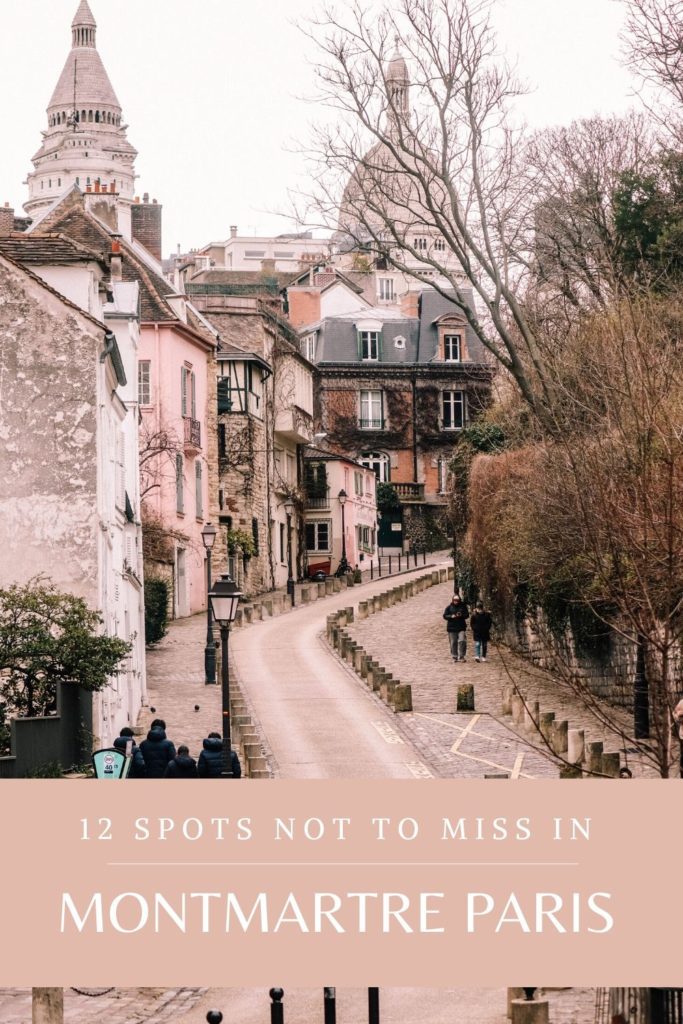
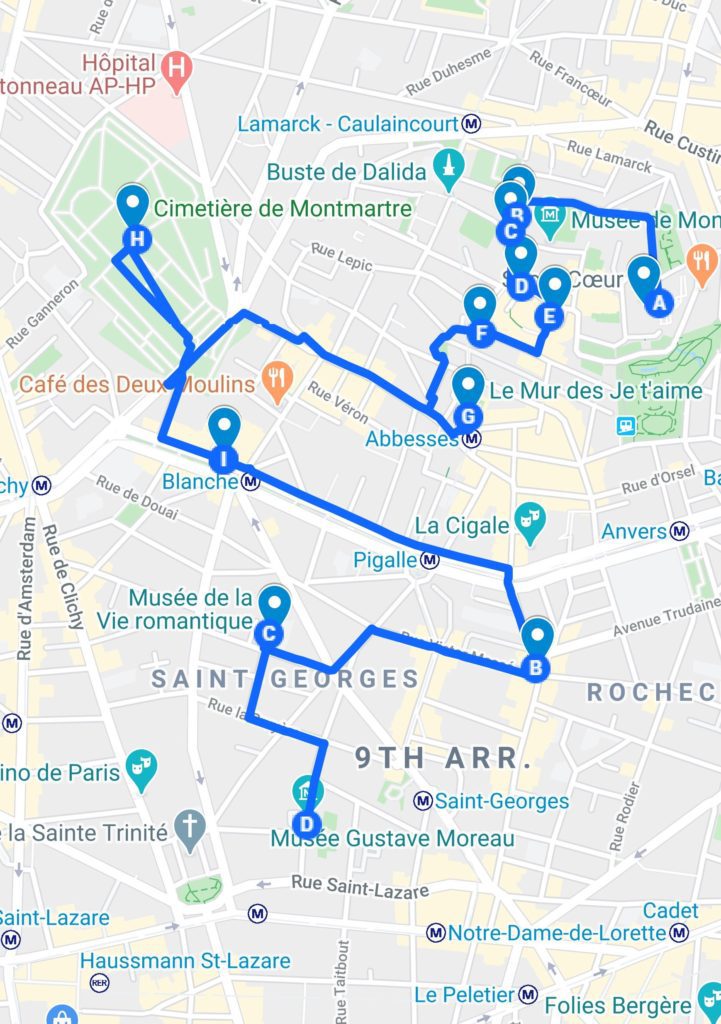
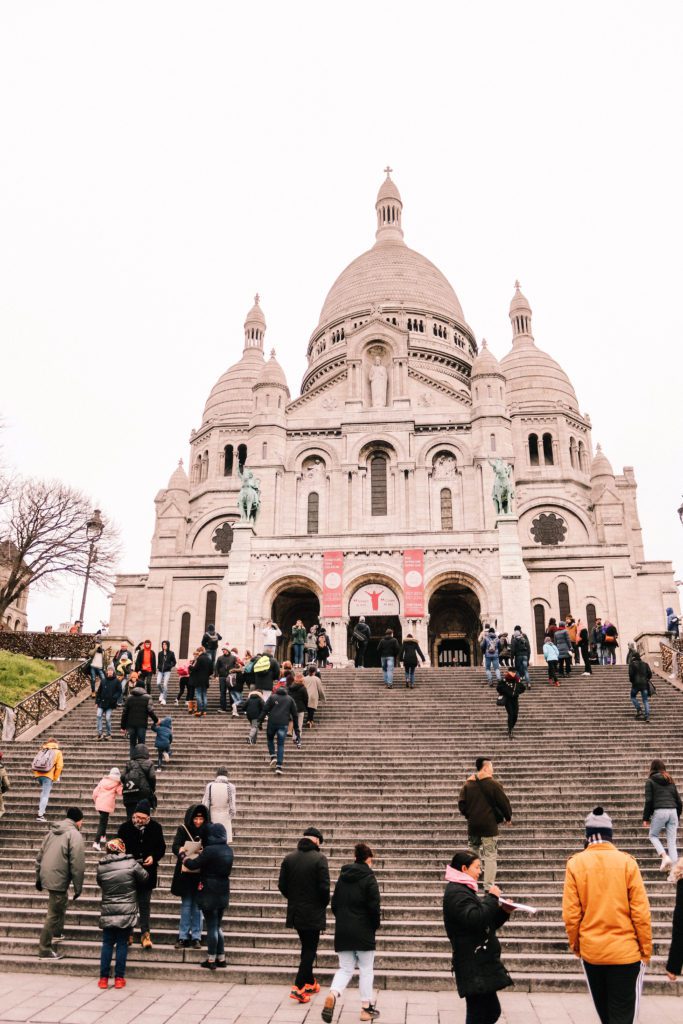
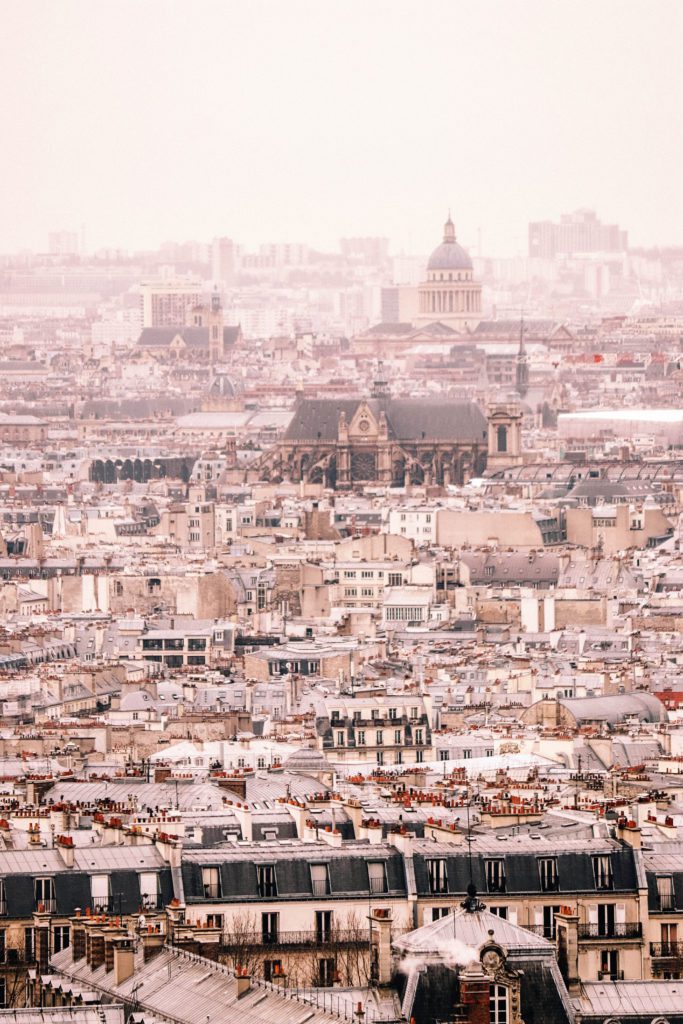
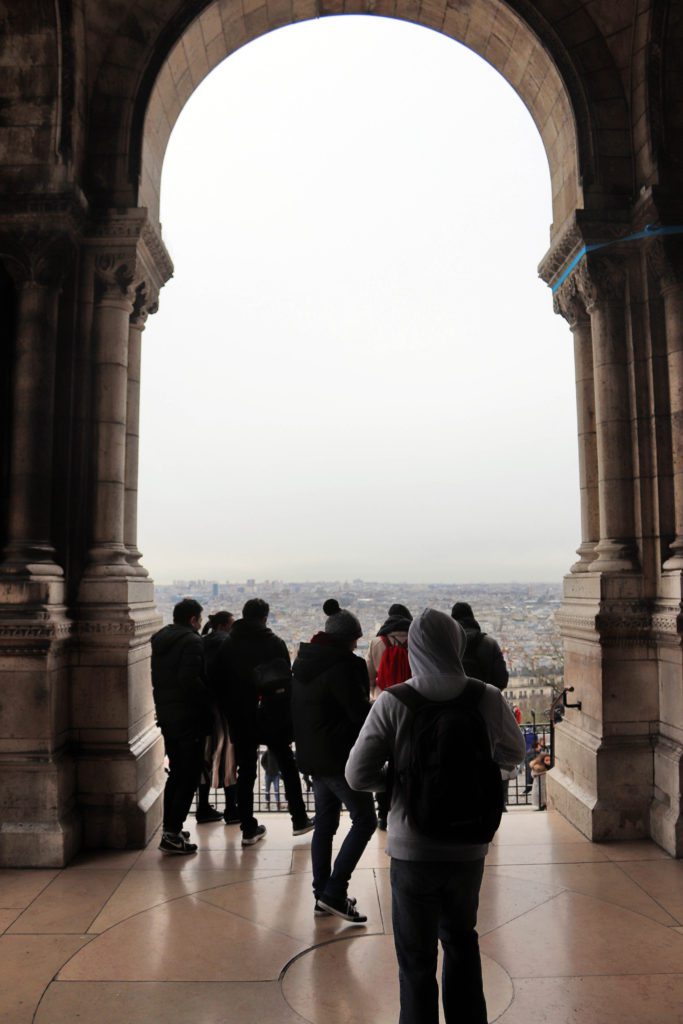
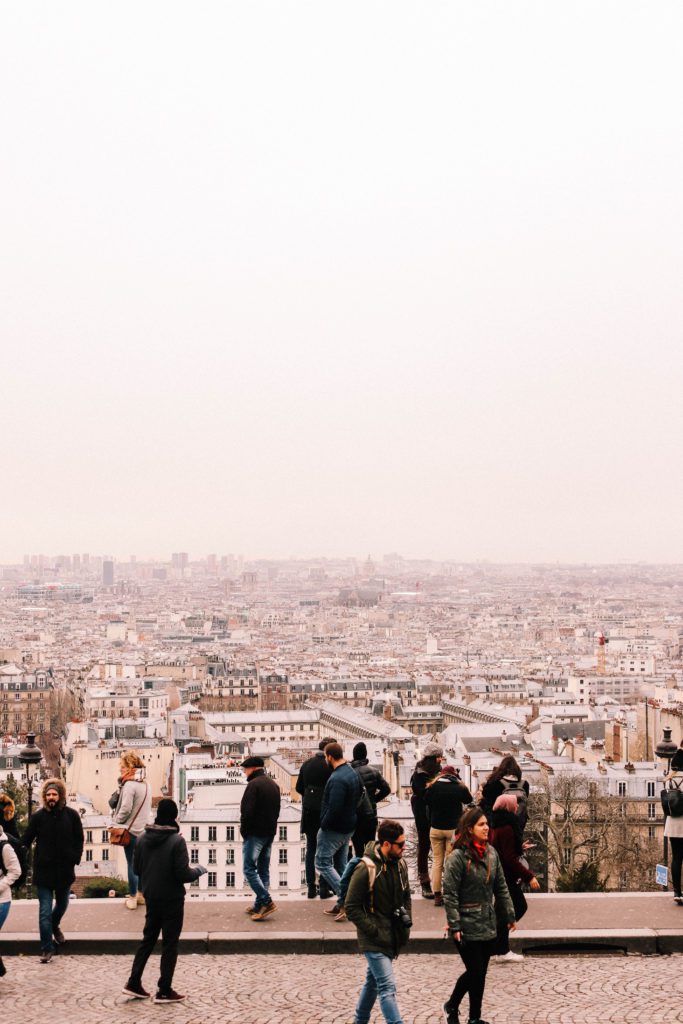
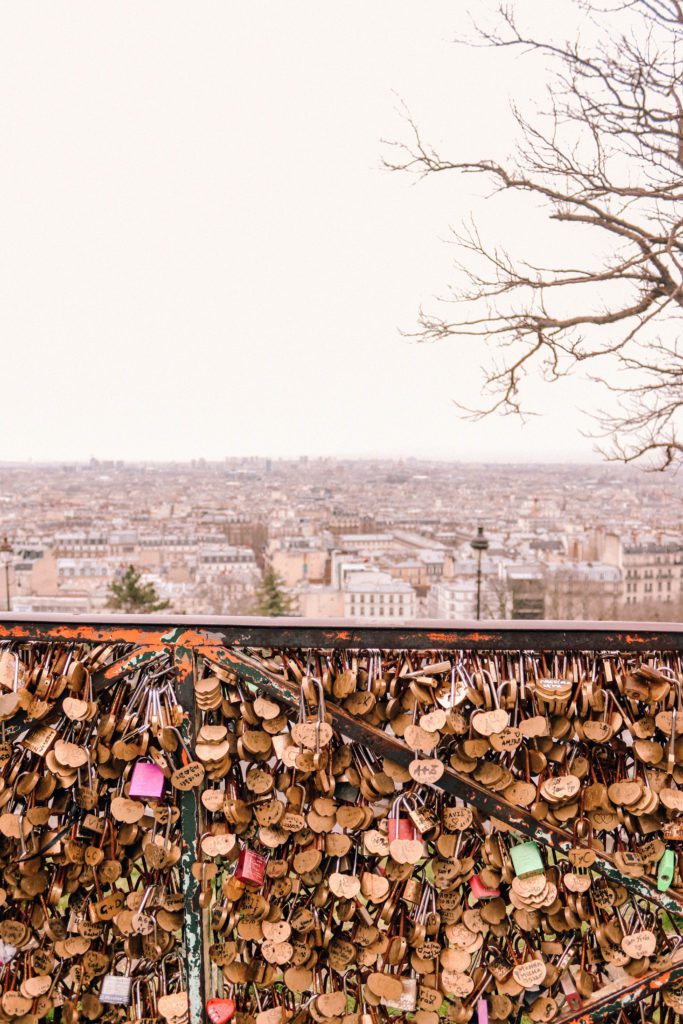

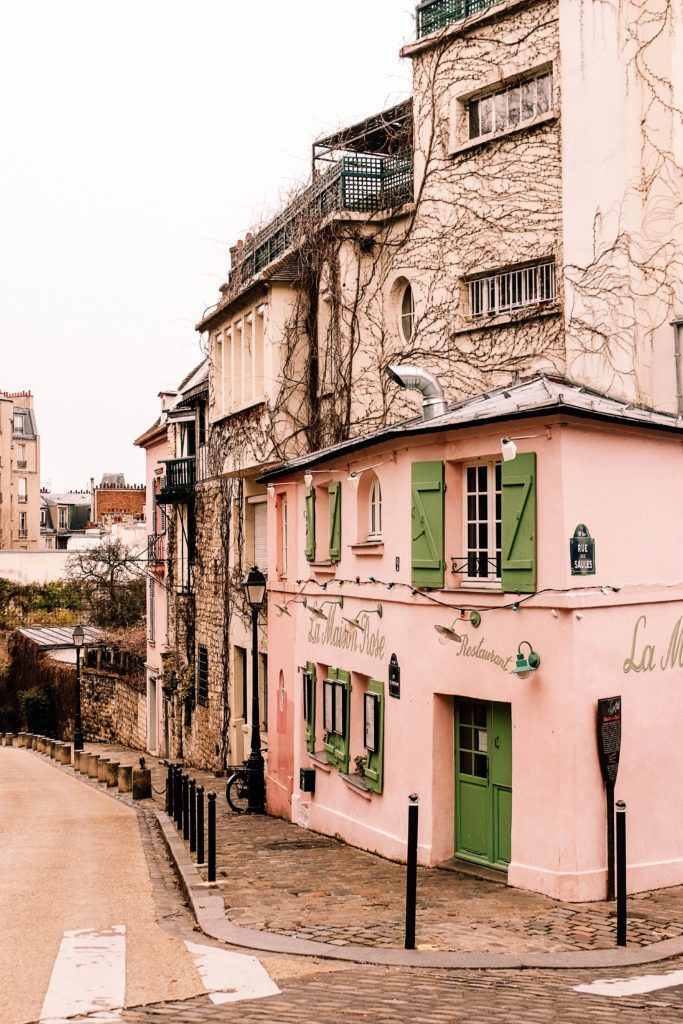
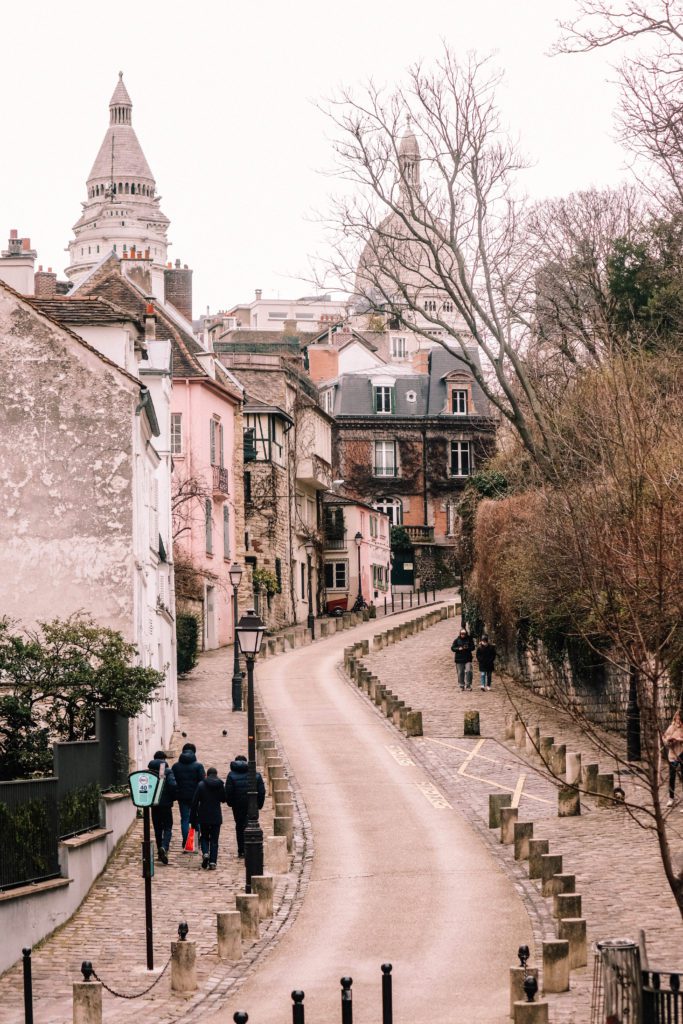
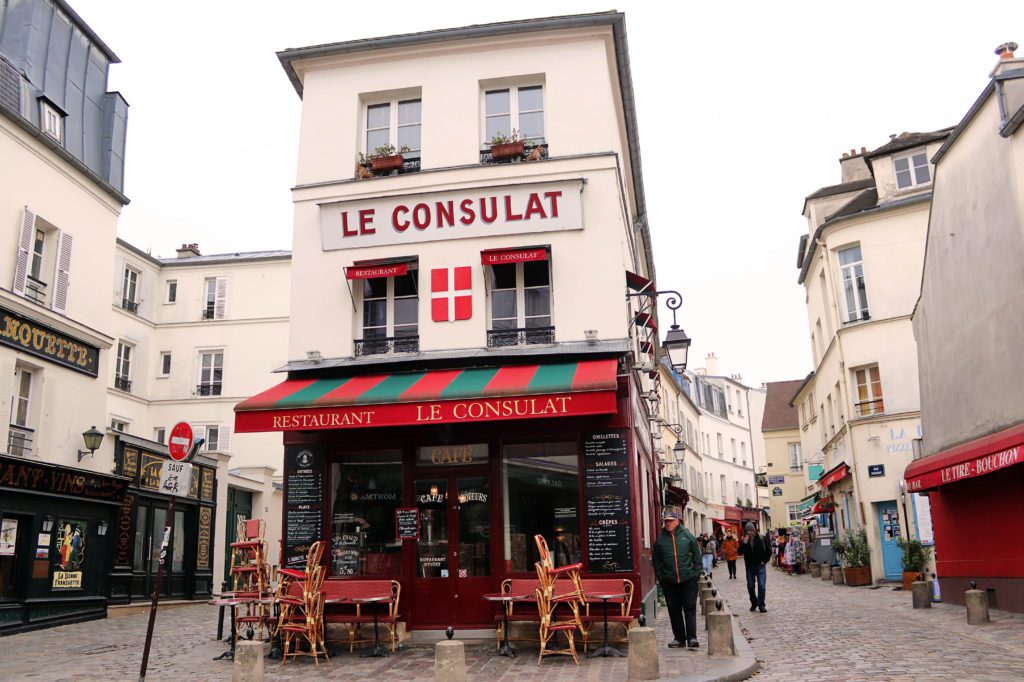
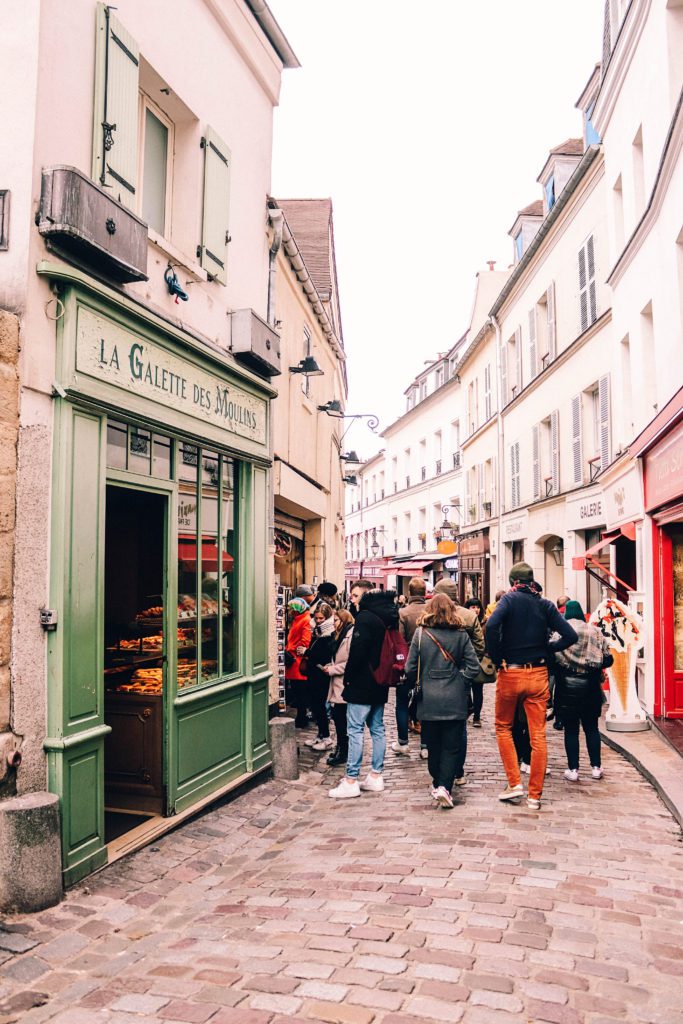
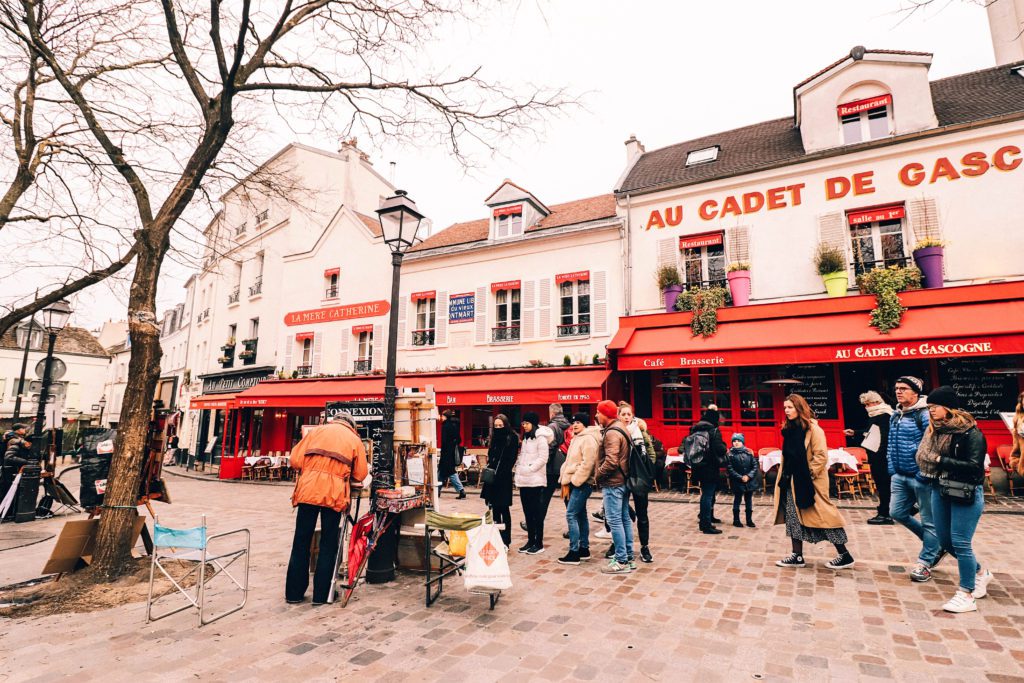

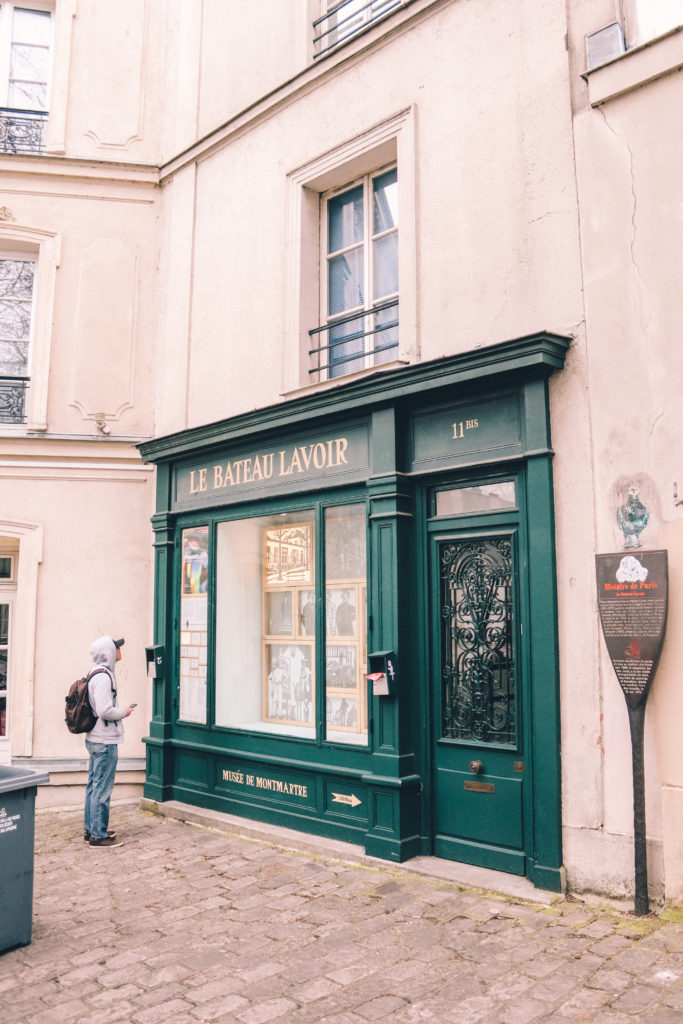
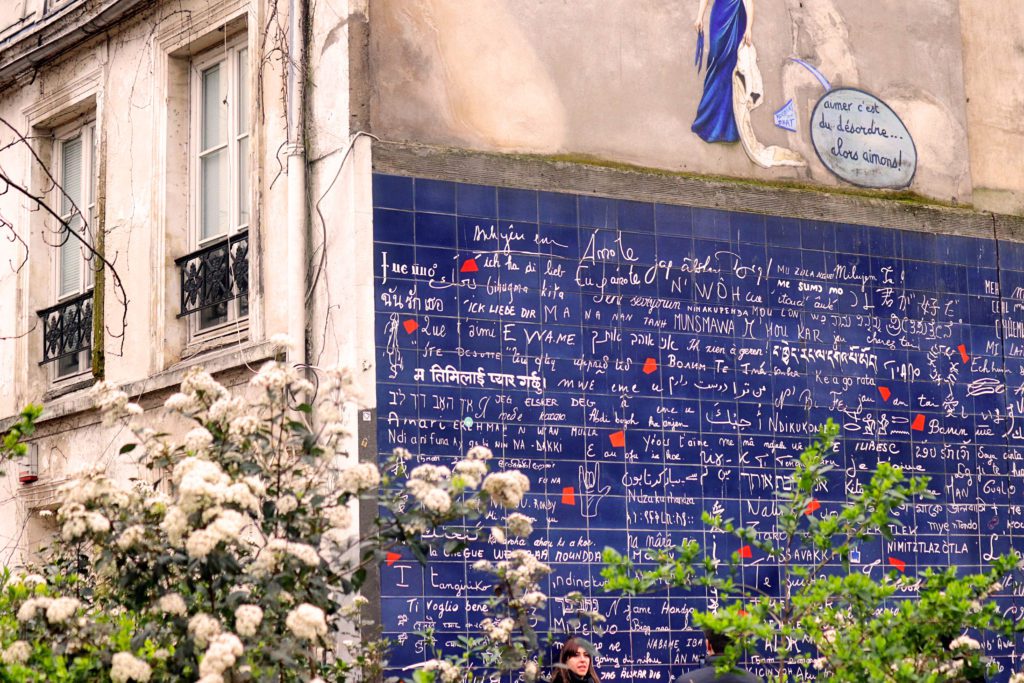
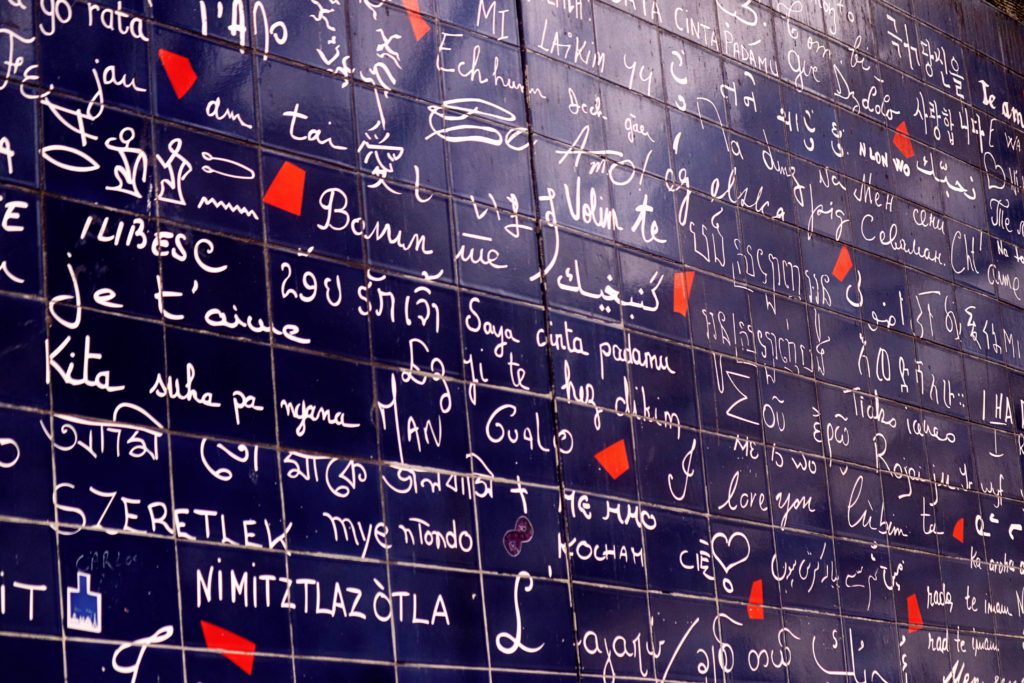
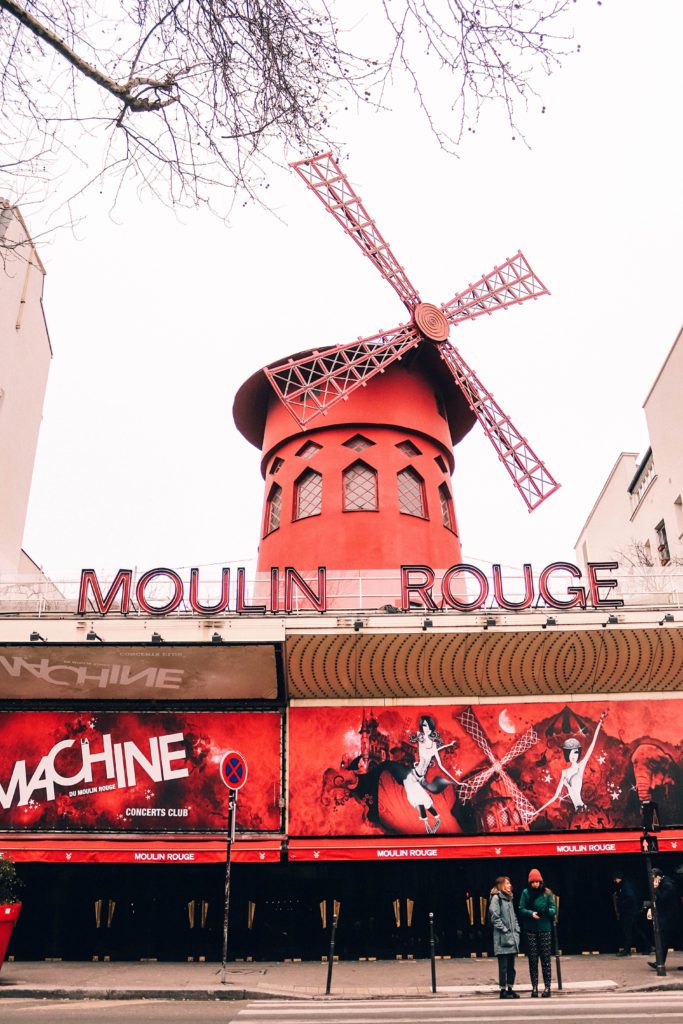

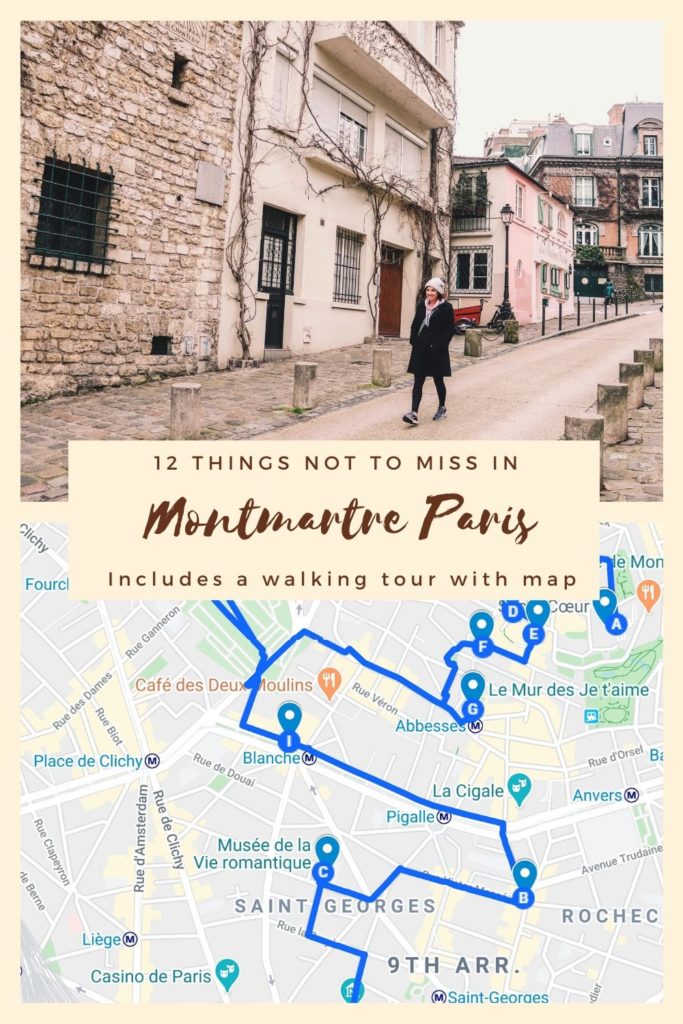

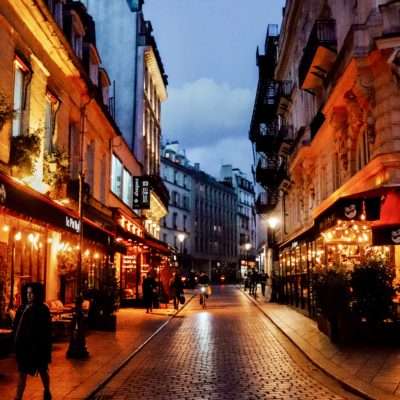
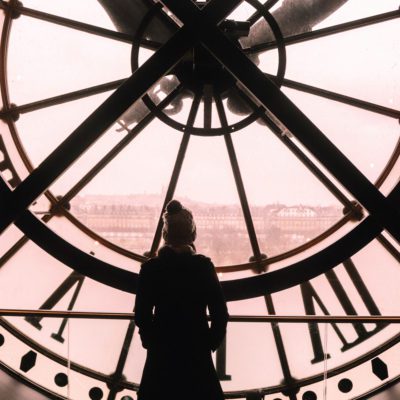
Appreciate writing this. I love the world-wide-web because you can study something new every day. I’ll share this with my friends, thank you!